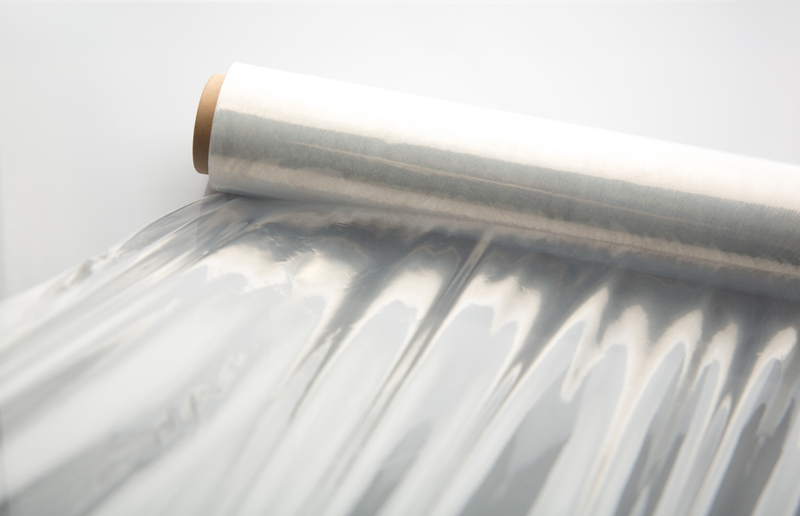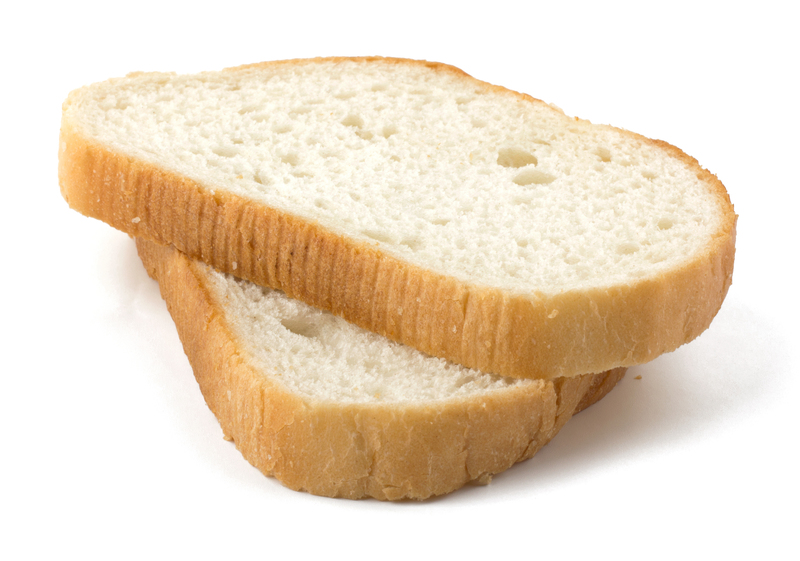Effective Methods to Remove Damp Aroma
Posted on 12/09/2025
Effective Methods to Remove Damp Aroma: Comprehensive Guide
A pervasive damp aroma can transform a once-cozy space into a less inviting environment. Whether you're dealing with lingering odors in your home, basement, workplace, or car, musty smells often indicate moisture-related issues that should not be ignored. Not only are musty aromas unpleasant, but they can also be signs of potential health hazards and structural risks. In this article, you'll discover effective methods to eliminate damp smells, prevent their recurrence, and enjoy fresh, clean air again.

Understanding the Cause of Damp Odor
Before discussing solutions to remove damp aroma, it's vital to understand the cause behind the smell. The most common contributors to musty or dank smells include:
- Excess moisture and humidity: Poor ventilation, leaks, or condensation can foster an environment conducive to mold growth.
- Mold and mildew: Fungi thrive in humid conditions and emit volatile organic compounds that result in a strong, musty odor.
- Water damage: Past flooding, leaks, or spills soaked into materials can create persistent dampness and odor.
- Poor airflow: Spaces with insufficient ventilation allow moisture to accumulate and stagnate, leading to musty aromas.
Identifying and addressing the source of dampness is the first step towards eliminating unwanted smells. Now, let's explore actionable strategies for removing damp odors effectively.
Quick Fixes to Tackle Damp Smell
1. Increase Ventilation
- Open Windows and Doors: Fresh air circulation is the simplest and most natural way to dissipate musty smells. Open doors and windows for several hours daily to promote airflow.
- Use Exhaust Fans: Run kitchen, bathroom, or exhaust fans to pull stale, humid air out.
- Strategic Placement of Fans: Position portable fans to direct airflow towards the source of damp aroma.
2. Use Natural Deodorizers
- Baking Soda: Place open bowls of baking soda around the affected area to absorb moisture and neutralize odor. Sprinkle on carpets and let it sit for a few hours before vacuuming.
- Activated Charcoal: Known for its superior absorption qualities, activated charcoal can trap airborne musty particles when placed in bowls or bags.
- White Vinegar: Vinegar's acidic nature neutralizes musty aromas. Place a bowl in the room or wipe down surfaces with a vinegar-water mixture.
- Coffee Grounds: Dry coffee grounds in bowls can quickly mask and absorb unwanted odors.
3. Use Commercial Odor Absorbers
Odor-absorbing gels, sprays, or moisture absorbers (like silica gel or Damprid) can be strategically placed in corners, closets, and small spaces to remove the damp scent efficiently.
Deep Cleaning Methods for Persistent Damp Odor
4. Thoroughly Clean Surfaces
Persistent damp aroma indicates that spores or moisture have seeped into surfaces. Follow these steps for comprehensive cleaning:
- Wash Hard Surfaces: Clean walls, floors, windowsills, and tiles with a mixture of water and mild detergent or vinegar. Scrubbing prevents mold buildup.
- Vacuum Carpets and Upholstery: Use a high-efficiency particulate air (HEPA) filter vacuum to remove dust, spores, and particulate matter. Don't forget under furniture and rugs.
- Launder Soft Furnishings: Remove cushion covers, curtains, and other fabrics. Wash with hot water and a gentle detergent. Air dry thoroughly outside when possible.
- Steam Cleaning: Consider steam cleaning carpets, rugs, and furniture for a deeper cleanse and to kill mold spores or bacteria causing the musty aroma.
5. Inspect and Treat Mold Growth
If you see visible signs of mold, quick intervention is critical:
- Disinfect with Bleach Solution: Mix one part bleach with four parts water and scrub the moldy surfaces. Always wear gloves and ensure proper ventilation.
- Use Commercial Mold Removers: Available sprays can be helpful on non-porous surfaces. Read product instructions carefully.
- Dispose of Severely Affected Materials: In cases of heavy contamination, throw away badly affected papers, ceiling tiles, or insulation.
Note: For severe mold issues extending beyond a small area (over 10 square feet), consult a professional mold remediation service to remove the damp aroma safely.
6. Address Source of Moisture
Removal of damp odors is only effective if you address the root cause:
- Repair Leaks: Check under sinks, in basements, around windows and roofs. Fix all leaks promptly to prevent water accumulation.
- Improve Drainage: Make sure gutters and downspouts channel water away from the foundation.
- Seal Cracks: Use caulk or sealant for cracks in walls, floors, or windows to prevent damp intrusion.
7. Use Dehumidifiers
A dehumidifier is one of the most efficient tools for eliminating damp aroma:
- Portable Dehumidifiers: Place these in problem areas (like basements or closets) to extract moisture from the air, preventing mold and neutralizing musty odors.
- Maintain Proper Humidity: Keep indoor humidity levels below 60% (ideally between 30-50%). Use a hygrometer to monitor changes.
Natural and DIY Solutions for Damp Smell
8. Essential Oils
- Tea Tree Oil: Famous for its antimicrobial and antifungal properties, tea tree oil can be mixed with water (10 drops per cup) in a spray bottle and misted onto musty-smelling areas.
- Lemon and Eucalyptus Oil: Add a fresh scent and further inhibit mold and bacteria when diffused or wiped onto surfaces.
9. Houseplants that Purify Air
- English Ivy, Boston Fern & Spider Plant: These indoor plants can absorb toxins and improve air quality, gradually reducing damp odors over time.
10. Homemade Potpourri & Simmer Pots
- Combine dried citrus peels, cloves, cinnamon sticks, and lavender in a pot of simmering water or place in bowls to mask and absorb musty smells.
Preventive Tips to Keep Damp Aroma Away
Long-term freshness relies on preventing moisture buildup and proactively maintaining your space. Use these tips to stop the return of damp odors:
- Regularly Air Out Rooms: Even in winter, open windows for at least ten minutes daily if possible.
- Use Moisture Absorbers in Vulnerable Areas: Closets and storage rooms are especially prone to damps smells.
- Check Appliances: Periodically inspect washing machines, dishwashers, and HVAC units for leaks or blockages.
- Store Items Properly: Avoid putting cardboard boxes directly on basement floors, and store them on pallets or shelves instead.
How to Remove Damp Aroma from Specific Areas
Basement
- Install a sump pump and a dehumidifier.
- Seal foundation cracks, and insulate pipes to prevent condensation.
- Remove old carpets and replace with vinyl or tile flooring.
Bathroom
- Ensure exhaust fans vent outside and are used after every shower.
- Launder bath mats and towels frequently.
- Check for leaks under the sink and around the toilet.
Closet
- Hang moisture absorbers or silica gel packets inside.
- Keep doors open regularly to air out the space.
- Store only clean, dry clothes to prevent mildew.
Car Interiors
- Vacuum thoroughly and use car dehumidifiers or silica gel packs.
- Check weather seals on doors and windows for leaks.
- Shampoo carpets and upholsteries periodically.

When to Seek Professional Help
Despite diligent damp aroma removal efforts, sometimes DIY solutions may not be enough, especially when:
- The musty smell persists even after thorough cleaning.
- There is visible or hidden mold covering large areas.
- Structural components are saturated with dampness and cannot be dried effectively.
When in doubt, hire certified mold remediation professionals or building inspectors. These experts have access to advanced equipment and treatments to safely remove persistent damp odor and restore your environment.
Conclusion: Breathe Easier with a Fresh, Dry Space
Removing and preventing a damp aroma involves diligent cleaning, strategic use of dehumidifying techniques, natural remedies, and consistently addressing sources of excess moisture. By integrating these effective methods to eliminate musty smells into your regular maintenance routine, you can ensure a healthier, more comfortable, and pleasant living or working environment. Always act at the first sign of moisture to stop unpleasant odors before they take hold and remember: fresh air begins with a dry, well-cared-for space.




